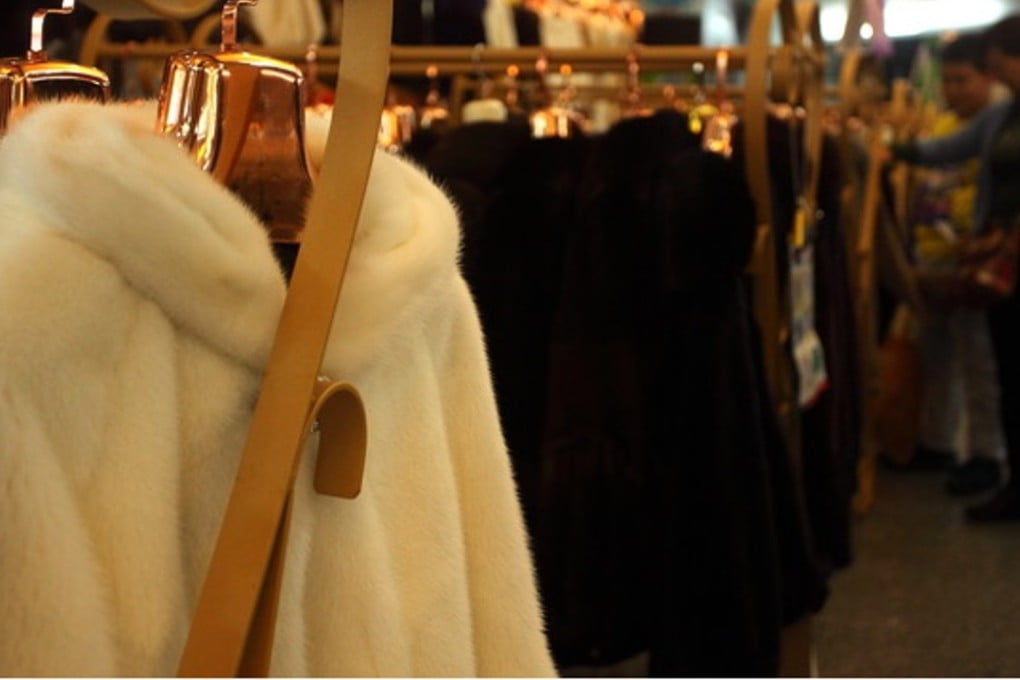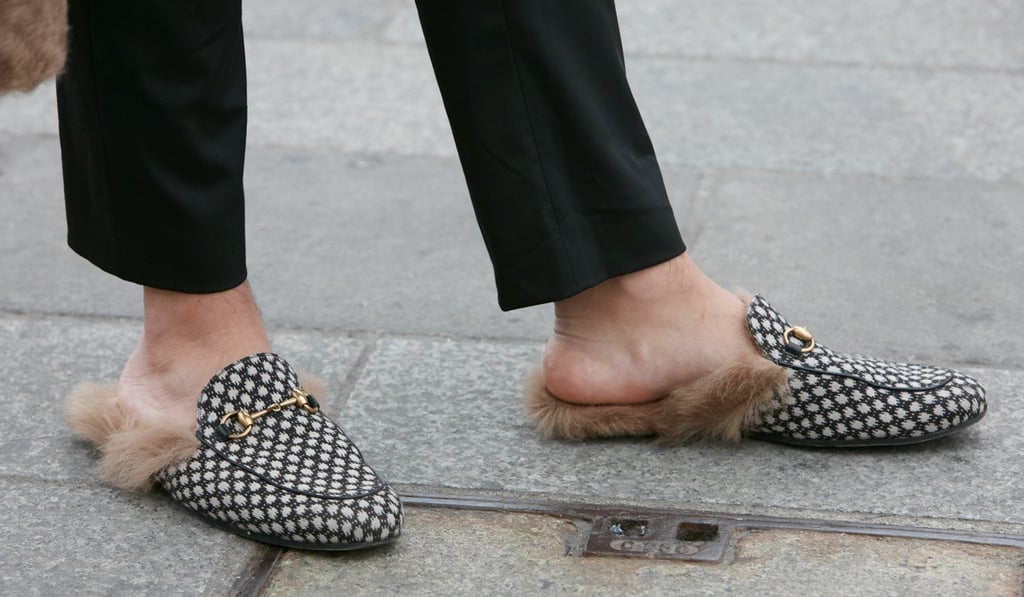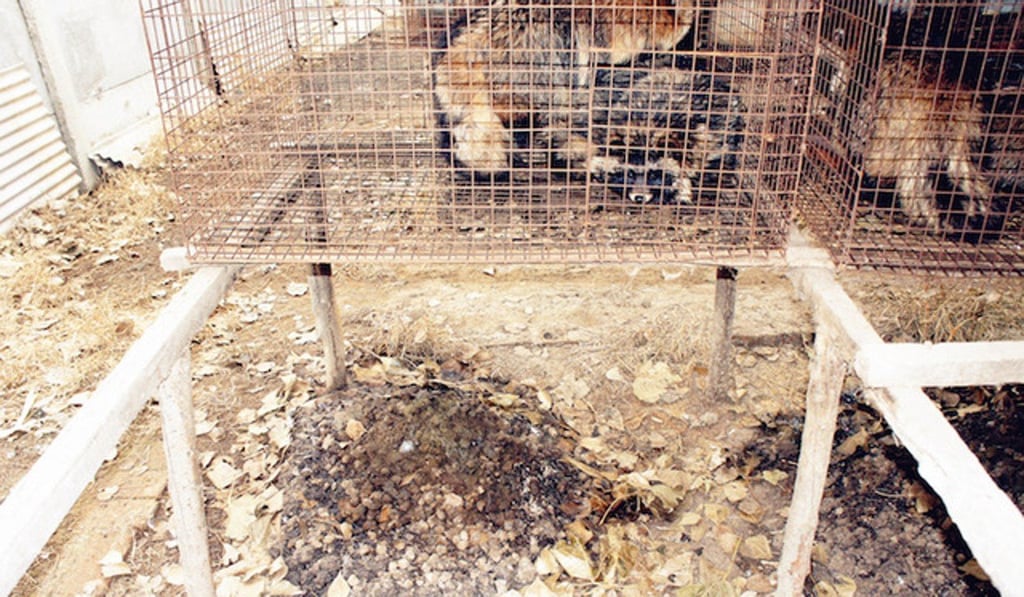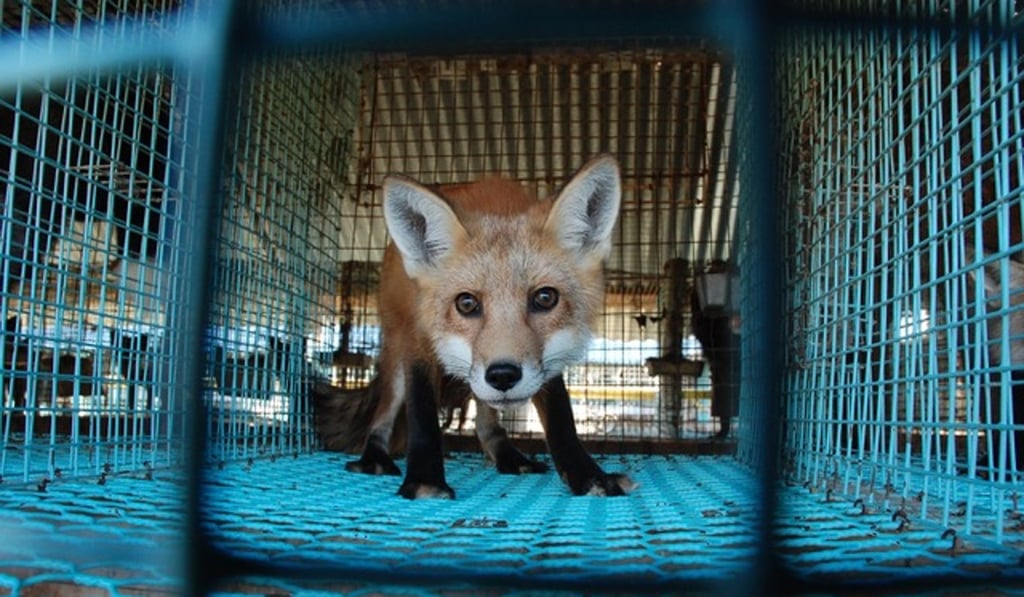Hong Kong's fur industry - how will Gucci ban affect it? A lot less than you may think
In the wake of Italian fashion leader's decision to stop using fur from 2018, we take a closer look at the thriving fur industry in Hong Kong and China, and the alternatives offered by designers

When the hottest brand on the planet decides that it is no longer using fur, the fashion world sits up and listens. Announcing the decision at the annual London College of Fashion x Kering Talk last month, Gucci CEO Marco Bizzarri said: “Do you think using furs today is still modern? I don’t think it’s still modern and that’s the reason why we decided not to do that. It’s a little bit outdated. Creativity can jump in many different directions instead of using furs.”


Italian fashion house Gucci to go fur-free in 2018 as it commits to ‘making sustainability an intrinsic part of our business’
“Although the climate is warm in Hong Kong, fur remains [an] iconic luxury item for people to wear at special events,” says Mark Oaten, CEO of the International Fur Federation. “People also buy lighter furs these days that can be worn even when it’s warm. There is also a growing market for accessories and trims, which are not affected by the warmer climate.”
The local fur industry dates back to the 1930s, when furriers from China came to Hong Kong and set up shop. Business boomed as furriers targeted the increasingly affluent domestic market, and later on, the tourists. In 1979, the Hong Kong Fur Federation was established and the organisation now has over 150 members. Its annual events, such as the International Fur & Fashion Fair and the glitzy Fur Gala, are well attended.

Oaten, who was in China this summer to discuss reducing the luxury goods tariff, adds: “The anti-corruption issue appears to have slowed down economic growth, and in the last 18 months there has been a slowdown in [fur] sales. But early signs for this season show promise and there could be a return to a strong market.”

